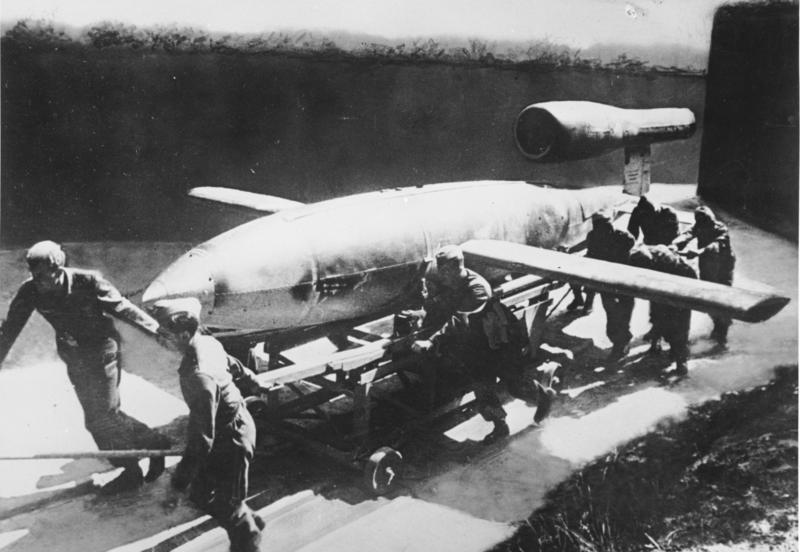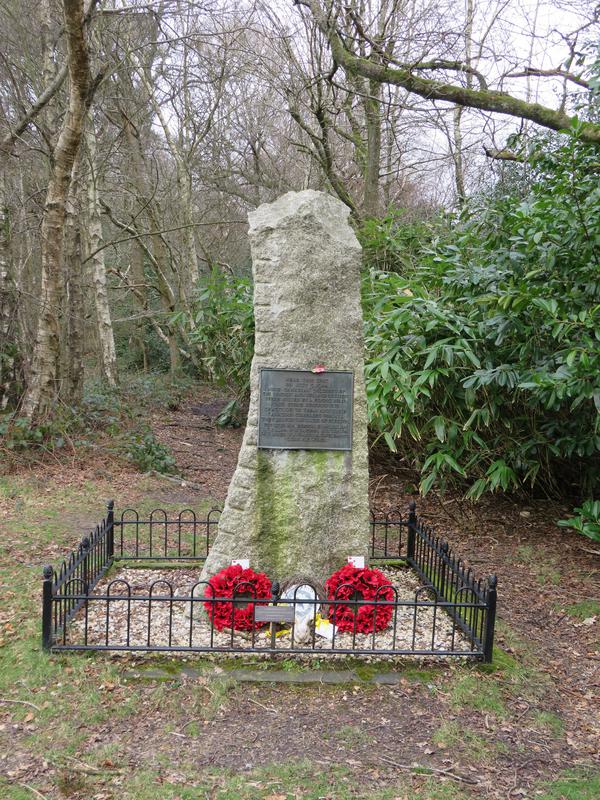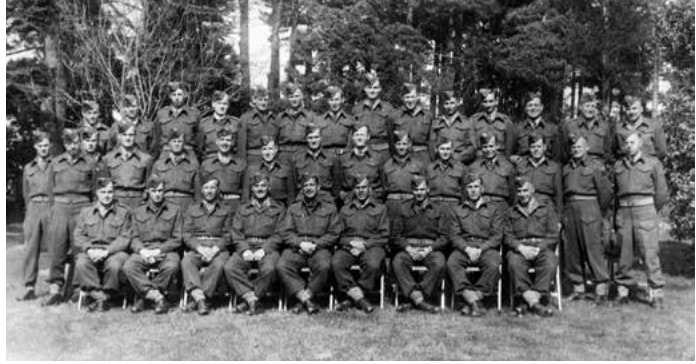It’s been a century since Niagara-on-the-Lake’s iconic clock tower cenotaph was erected. Then, in 1926, the Township of Niagara unveiled its own memorial in Queenston. In recognition of those who fought and died in two world wars and beyond, NOTL historian Ron Dale has been researching the stories of the people – all men – whose names are engraved on the two cenotaphs. This is one in a series of stories documenting and remembering the sacrifices of those commemorated on the municipal memorial in Queenston.
Ron Dale
Special to The Lake Report
Robert Edward Wing was born in Hagersville on May 27, 1908, the son of Alfred Wing and Minnie Saunders.
Alfred and Minnie had a second son, Arthur, born in Hagersville in 1909. Two years later the family moved to Hamilton and then again to St. Davids before 1916.
During the First World War, Alfred enlisted for overseas service on Feb. 19, 1916, leaving Minnie with the two young children.
He was sent to France as a private in the 3rd Battalion, Canadian Expeditionary Force. On Feb. 25, 1918, his unit was bombarded by German gunners firing poison gas shells. The rest of his war was spent recovering from the effects.
He was finally shipped home to Canada a couple of months after the armistice was signed and discharged from the army on Jan. 21, 1919. In 1923, Minnie gave birth to a third son, Sydney.
Alfred must have instilled a military spirit in his sons. During the Second World War all three volunteered to fight.
Robert joined the Lincoln and Welland Regiment in 1923, right after turning 16, as soon as he met the age requirements for the Canadian Militia. Brother Arthur joined the following year.
On June 2, 1934, Robert married Beatrice Harriet Webb at St. John’s Church in Stamford and lived in St Davids.
Robert was now a lathe operator working for the Carborundum factory in Niagara Falls. The couple had two children, Arthur Edward and Robert Earl, prior to the outbreak of the Second World War in 1939.
When the war began, Robert served from time to time on active service with the Welland Canal Defence Force.
On June 25, 1940, he and his brother Arthur volunteered for active overseas service with the Lincoln and Welland Regiment. Their brother Sydney joined the RCAF when he became old enough to enlist.
The Lincoln and Welland Regiment, after service and training in Canada and Newfoundland, was shipped to Britain, disembarking at Gourock, on July 22, 1943.
The men immediately boarded a train and were taken to Fleet in Hampshire. After continuing their training in Hampshire, they were sent to New Hunstanton on the northern coast of Norfolk.
The Lincoln and Welland Regiment was now part of the 4th Canadian Armoured Division and their training intensified as they learned to operate alongside tanks and prepared for the eventual invasion of France.
In February 1944, the regiment trained at Inveraray in Scotland, practising all aspects of amphibious landings. The men knew an invasion could not be far off in their future. In late February, they returned to Crowborough.
Most men in the regiment were anxiously awaiting their turn to go into action. One veteran of the regiment stated that he was “keyed up like a fighter in a corner” and “just raring to get at them.”
The men learned of the D-Day invasion after it began on June 6, 1944. For the next month, remaining in their camp at Crowborough, they followed the news as the Allies fought their way inland.
While the Allies were slowly driving the Germans out of France, the enemy began launching unmanned flying bombs, V-1 rockets, against London beginning on June 13.
For the next three months, until their launch sites were finally captured, 9,521 of these destructive “buzz-bombs” terrorized London and other targets.
Just after the evening meal on July 5, some of the men of the Lincoln and Welland Regiment were in or near the “B” Company cookhouse when it was struck by a V1 rocket.
Seven men were killed in the explosion and 16 were wounded, two mortally. The latter included Sgt.-Maj. Robert Wing, who died of his wounds that evening.
Robert was buried in the Brookwood Cemetery in Woking, Surrey.
In 1948, a monument was erected near the spot where the V-1 struck.
Engraved on it are the names of the victims and this statement: “This stone records our gratitude to them and their Canadian comrades for all they did for the cause of freedom.”












